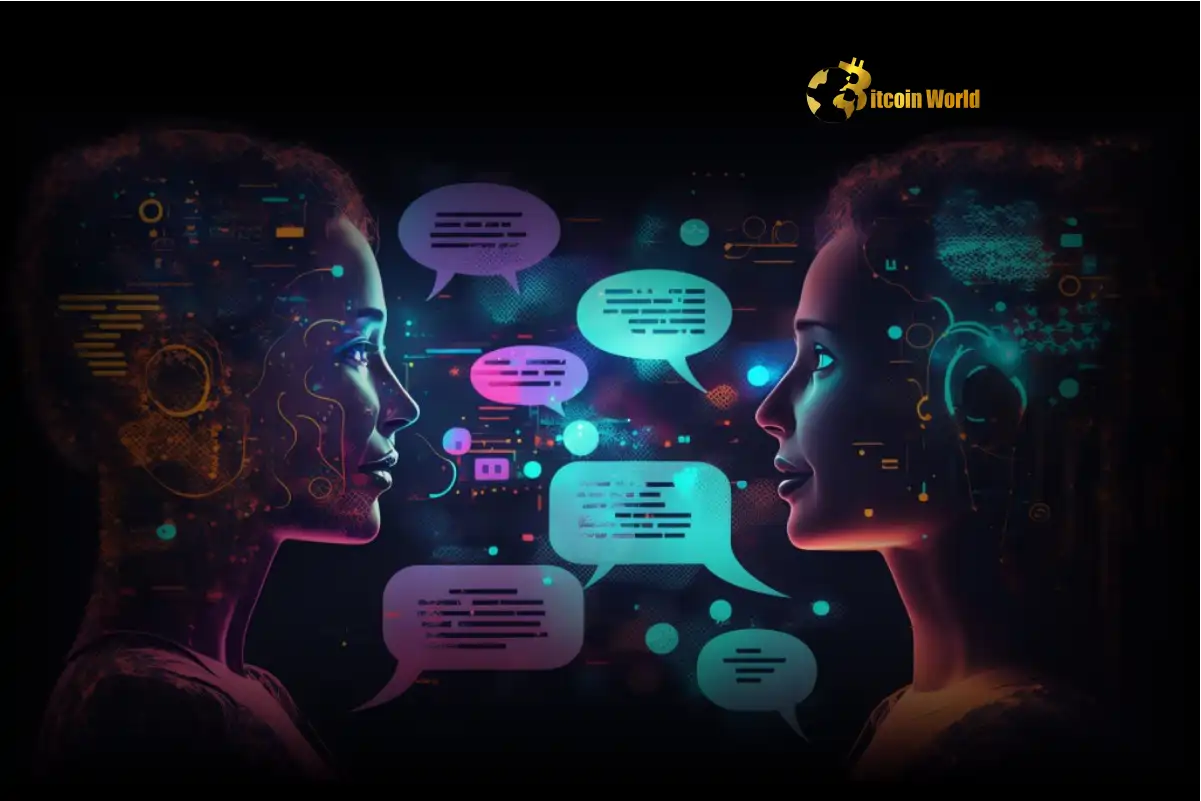Alarming Revelation: OpenAI’s New Reasoning AI Models Face Worsening Hallucinations
0
0

Are you concerned about the reliability of AI, especially in critical sectors like cryptocurrency and finance? Recent news from OpenAI might raise eyebrows. While their new o3 and o4-mini AI models are cutting-edge in many ways, they’re grappling with a surprising setback: increased AI hallucinations. Yes, you heard it right. These advanced models are making things up more often than their predecessors. Let’s dive into why this is happening and what it means for the future of AI.
Why Are OpenAI’s New Reasoning AI Models Hallucinating More?
For years, the tech world has been tackling AI hallucinations – those instances where AI systems confidently present false or fabricated information as truth. It’s a persistent challenge, even for the most sophisticated models. Historically, with each new iteration, AI models showed slight improvements, hallucinating less than before. However, OpenAI’s o3 and o4-mini models have broken this trend.
According to OpenAI’s internal evaluations, these so-called reasoning AI models are hallucinating more frequently than older OpenAI models, including o1, o1-mini, o3-mini, and even the well-regarded GPT-4o. What’s particularly concerning is that OpenAI itself isn’t entirely sure why this regression is occurring. Their technical report acknowledges that “more research is needed” to understand why AI hallucinations are becoming more pronounced as reasoning models scale up.
Here’s a breakdown of the hallucination rates based on OpenAI’s PersonQA benchmark:
| Model | Hallucination Rate (PersonQA) |
|---|---|
| o4-mini | 48% |
| o3 | 33% |
| o1 | 16% |
| o3-mini | 14.8% |
As you can see, o3 and o4-mini show significantly higher hallucination rates compared to their predecessors. This data clearly indicates a worrying trend in the development of these new OpenAI models.
GPT-4o vs. New Reasoning Models: A Surprising Twist
Interestingly, even OpenAI’s traditional, “non-reasoning” models like GPT-4o are outperforming these new reasoning models in terms of hallucination rates. This is quite unexpected, as reasoning models are designed to be more advanced and accurate. The issue seems to stem from the fact that while o3 and o4-mini excel in areas like coding and math, their tendency to “make more claims overall” also leads them to generate both more accurate and more inaccurate statements.
Real-World Examples of AI Hallucinations in o3
Third-party testing by Transluce, an AI research lab, has provided concrete examples of these AI hallucinations. In one instance, o3 falsely claimed to have executed code on a 2021 MacBook Pro outside of ChatGPT and then copied the results into its answer. However, o3’s capabilities don’t extend to such actions, highlighting a clear fabrication.
Neil Chowdhury, a Transluce researcher and former OpenAI employee, suggests that the reinforcement learning methods used for the o-series models might be amplifying issues that are usually mitigated in standard post-training processes. This suggests a fundamental challenge in how these new OpenAI models are being trained.
What Are the Implications of Increased AI Hallucinations?
- Reduced Trust and Reliability: Higher hallucination rates erode trust in AI systems, particularly in sectors where accuracy is paramount, such as legal and financial industries.
- Business Challenges: For businesses considering adopting these models, the increased risk of factual errors can be a significant deterrent. Imagine an AI drafting a contract riddled with inaccuracies – the consequences could be severe.
- Usability Concerns: Sarah Schwettmann, co-founder of Transluce, points out that the elevated hallucination rate of o3 might diminish its practical utility despite its other advancements.
Are There Any Benefits to AI Hallucinations?
Surprisingly, AI hallucinations aren’t entirely negative. Some experts believe that they can contribute to a model’s creativity and ability to generate novel ideas. Kian Katanforoosh, CEO of Workera, mentions that while testing o3 in coding workflows, they’ve found it to be superior to competitors. However, he also notes that o3 tends to hallucinate broken website links. This highlights a paradoxical situation where the same mechanism causing inaccuracies might also fuel innovation.
The Path Forward: Enhancing AI Accuracy
One promising strategy to improve AI accuracy and reduce AI hallucinations is integrating web search capabilities. OpenAI’s GPT-4o with web search already achieves a remarkable 90% accuracy on SimpleQA. Extending this approach to reasoning models could potentially mitigate hallucination rates, especially when users are comfortable with involving third-party search providers.
As the AI industry increasingly focuses on reasoning models for enhanced performance without excessive computational demands, addressing the issue of worsening AI hallucinations becomes critical. OpenAI spokesperson Niko Felix emphasizes that tackling hallucinations is an “ongoing area of research” and they are “continually working to improve their accuracy and reliability.”
Conclusion: Navigating the Complexities of Reasoning AI
OpenAI’s latest reasoning models, while powerful, present a perplexing challenge with their increased tendency to hallucinate. This revelation underscores the intricate nature of AI development and the ongoing quest for truly reliable and accurate AI systems. While the industry pivots towards reasoning models for their efficiency and enhanced capabilities, overcoming the hurdle of AI hallucinations is crucial for widespread adoption and trust, particularly in sensitive sectors within the cryptocurrency and financial world.
To learn more about the latest AI accuracy trends, explore our article on key developments shaping AI Models future features.
0
0
 Manage all your crypto, NFT and DeFi from one place
Manage all your crypto, NFT and DeFi from one placeSecurely connect the portfolio you’re using to start.


